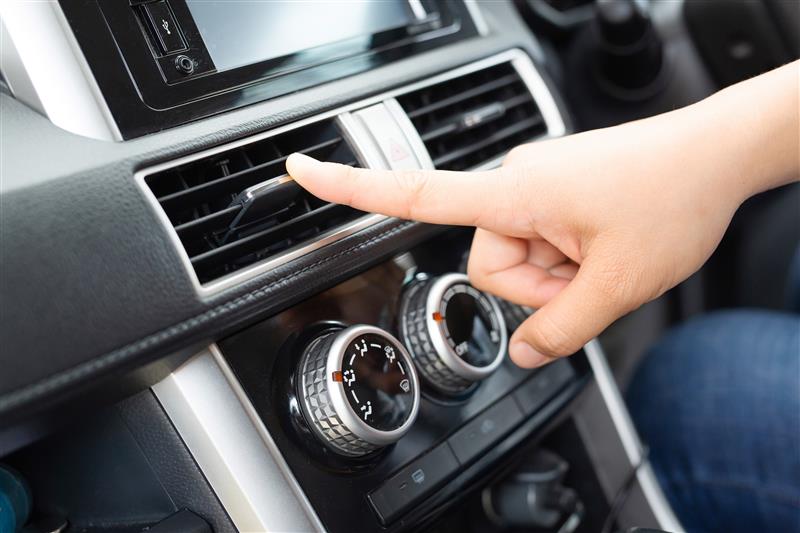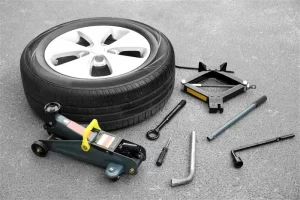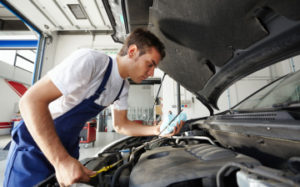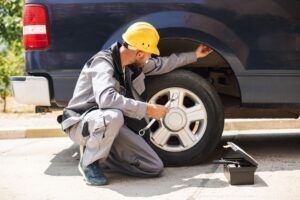The air conditioning system in your car does more than keep you cool; it also ensures that the air you breathe inside the cabin is clean and fresh. However, over time, the air conditioning filters can become clogged with dust, dirt, and debris, compromising air quality and the system’s efficiency. Learning how to clean car air conditioning filters is essential for maintaining comfort, promoting good health, and avoiding unnecessary car repair expenses.
In this detailed guide, we’ll walk you through the steps to clean car air conditioning filters, discuss the benefits of regular maintenance, and provide tips to improve your vehicle’s air quality. Whether you’re a DIY enthusiast or prefer to visit an AC car repair shop, this guide covers you.
Understanding Car Air Conditioning Filters
Before diving into the cleaning process, it’s important to understand the role of air conditioning filters in your car. These filters are responsible for:
- Trapping Dust and Allergens: Filters capture airborne particles such as dust, pollen, and pet dander, ensuring clean air inside the cabin.
- Maintaining System Efficiency: A clean filter allows air to flow freely, reducing strain on the AC system and improving cooling performance.
- Enhancing Air Quality: By removing pollutants, the filters contribute to a healthier driving environment.
There are two primary types of air conditioning filters in cars:
- Cabin Air Filters: Located behind the glove box or under the dashboard, these filters clean the air entering the cabin.
- Engine Air Filters: These filters protect the engine by trapping debris and are separate from the cabin air filters.
This guide focuses on cleaning cabin air filters to improve air quality and optimize your car’s air conditioning performance.
Signs That Your Car Air Conditioning Filters Need Cleaning
It’s not always obvious when your air conditioning filters require cleaning or replacement. Here are some common signs to watch for:
- Reduced Airflow: If the AC isn’t blowing air as strongly as it should, a clogged filter could be the culprit.
- Unpleasant Odors: A musty or stale smell when you turn on the AC may indicate a dirty filter.
- Increased Allergies: If you or your passengers experience more sneezing or allergies, The filters could spread dust and allergens around.
- Noisy AC Operation: Unusual noises when running the AC can signal restricted airflow caused by a dirty filter.
Regular maintenance can prevent these issues and save you from costly AC car repair services.
How to Clean Car Air Conditioning Filters
Cleaning your car’s air conditioning filters is a straightforward process that can be done at home with basic tools. Follow these steps to ensure your filters are clean and effective:
Step 1: Gather Your Tools
You’ll need the following items:
- A screwdriver (if required for accessing the filter)
- A vacuum cleaner with a brush attachment
- Mild soap and water
- A soft brush or cloth
- A new filter (if replacement is needed)
Step 2: Locate the Cabin Air Filter
- Refer to your car’s owner’s manual to find the location of the cabin air filter.
- Common locations include behind the glove box, under the dashboard, or near the windshield wipers.
Step 3: Remove the Filter
- Access the filter housing by removing screws or clips as instructed in the manual.
- Carefully slide out the filter, taking note of its orientation for reinstallation.
Step 4: Inspect the Filter
- Check the filter for dirt, debris, and damage.
- If the filter is excessively dirty or damaged, it’s best to replace it.
Step 5: Clean the Filter
- Use a vacuum cleaner with a brush attachment to remove loose debris from the filter.
- For washable filters, rinse them under lukewarm water and gently scrub them with mild soap if needed.
- Allow the filter to air dry completely before reinstalling it.
Step 6: Reinstall the Filter
- Place the clean or new filter back into the housing, ensuring it’s oriented correctly.
- Secure the housing with screws or clips.
Benefits of Cleaning Car Air Conditioning Filters
Regularly cleaning your car’s air conditioning filters offers several advantages:
- Improved Air Quality: Clean filters ensure that the air inside your car is free of dust, allergens, and pollutants.
- Enhanced Cooling Efficiency: A clean filter allows the AC system to work more effectively, providing better cooling performance.
- Reduced Energy Consumption: With less strain on the system, your car’s engine uses less power to operate the AC, improving fuel efficiency.
- Prevention of Odors: Regular cleaning prevents the buildup of mold and bacteria that can cause unpleasant smells.
- Prolonged System Life: Keeping the filters clean reduces wear and tear on the AC system, minimizing the need for frequent AC car repair.
When to Replace Car Air Conditioning Filters
While cleaning can extend the life of your filters, they will eventually need replacement. Here are some general guidelines:
- Replace the cabin air filters every 12,000 to 15,000 miles or as the manufacturer recommends.
- Consider replacing the filter sooner if you frequently drive in dusty or polluted environments.
If you’re unsure, consult a trusted car repair shop for professional advice.
Tips to Improve Air Quality in Your Car
In addition to cleaning the air conditioning filters, follow these tips to maintain fresh and clean air inside your vehicle:
- Vacuum the Interior Regularly: Remove dirt and dust from carpets and upholstery to prevent them from circulating in the air.
- Use an Air Purifier: Consider using an in-car air purifier to enhance air quality.
- Keep Windows Closed: Avoid driving with windows open in areas with heavy traffic or pollution.
- Schedule Regular AC Maintenance: Visit an AC car repair shop for routine inspections and servicing.
- Avoid Smoking in the Car: Smoking introduces harmful particles and odors that can linger in the cabin.
Common Mistakes to Avoid When Cleaning Air Conditioning Filters
- Skipping Regular Cleaning: Ignoring filter maintenance can lead to poor air quality and reduced system efficiency.
- Using Harsh Chemicals: Stick to mild soap and water to avoid damaging the filter material.
- Reinstalling a Wet Filter: Ensure the filter is completely dry before reinstalling it to prevent mold growth.
- Neglecting Professional Help: If you’re unsure about cleaning or replacing the filter, seek assistance from a car repair professional.
Professional AC Car Repair Services
While cleaning air conditioning filters is a simple DIY task, there are situations where professional help is necessary. An experienced car repair technician can:
- Diagnose and fix issues beyond dirty filters, such as refrigerant leaks or compressor problems.
- Replace filters with high-quality parts that match your car’s specifications.
- Perform a comprehensive AC system check to ensure optimal performance.
Conclusion
Learning how to clean air conditioning in car filters is a vital skill for maintaining air quality and ensuring the efficient operation of your vehicle’s AC system. Regular cleaning not only enhances your driving comfort but also prevents unnecessary car repair expenses. Follow the steps in this guide and maintain good habits to enjoy fresh, clean air every time you drive.
Whether you clean the filters or visit an AC car repair shop, taking care of your car’s air conditioning system is an investment in your health and comfort. Keep your filters clean, and breathe easy on every journey.






